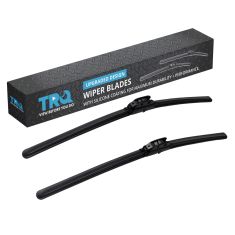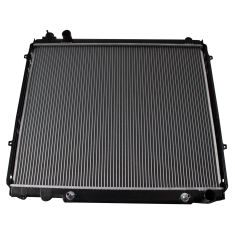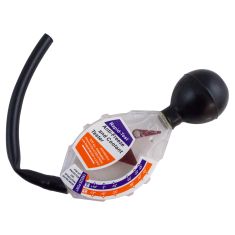1ARAD01325-Toyota Tundra Radiator TRQ RDA80098



Replaces
2006 Toyota Tundra Extended Cab V8 4.7L Radiator TRQ RDA80098


Recommended for your 2006 Toyota Tundra
Frequently bought together
Product Reviews
Loading reviews
Customer Q&A
No questions have been asked about this item.
Toyota is a registered trademark of Toyota Motor Corporation. 1A Auto is not affiliated with or sponsored by Toyota or Toyota Motor Corporation.
See all trademarks.









